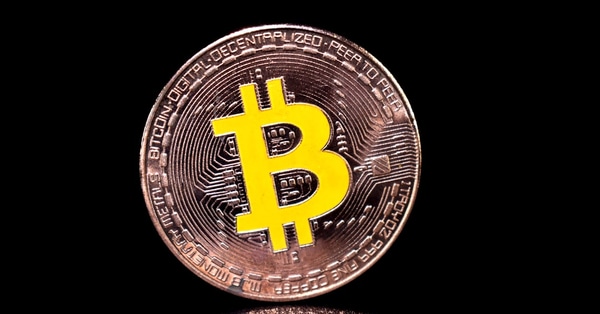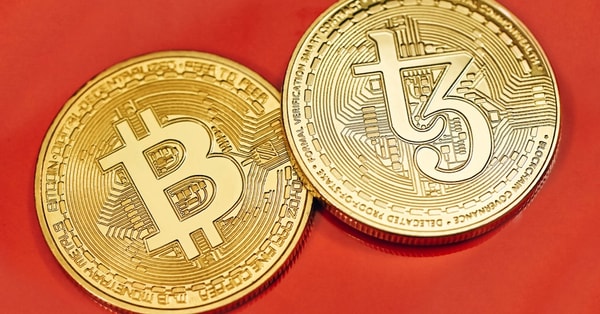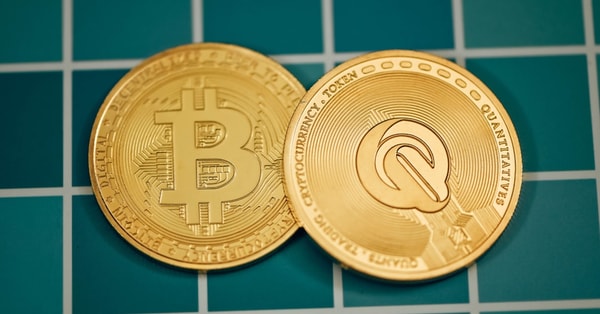Are Digital Banks Outshining Crypto Wallets? A 9% Yield Analysis
Digital wallets dominate payments, but can a 9% yield from crypto wallets change public perception and adoption rates?
In the ongoing battle of payment methods, digital wallets have emerged as the clear victor. Projections indicate that by the middle of 2025, approximately 65% of adults in the United States will be utilizing these platforms, which are expected to facilitate 39% of e-commerce transactions and account for 16% of in-store purchases.
In this landscape, apps like Apple Pay and PayPal have become somewhat mundane, acting as the standard tools through which millions move their money without a second thought.
In stark contrast, Web3 wallets have not achieved the same level of acceptance. A recent study conducted by Mercuryo and Protocol Theory, which surveyed 3,428 US adults, revealed that merely 13% found crypto wallets intuitive, while only 12% felt they seamlessly integrated into their financial management.
To put this into perspective, a significant 75% of individuals and 64% confirm similar ease of use for traditional digital wallets. This disparity is more than just a minor detail; it points to a deeper structural issue. A considerable number of Americans have never encountered a Web3 wallet in their daily lives, and this week witnessed two significant attempts to bridge this gap.

Aave has introduced a savings application that provides users with up to 9% APY along with balance protection, capped at $1 million. Simultaneously, Mastercard has extended its Crypto Credential program to include self-custody wallets on the Polygon network, allowing users to replace complex hex addresses with user-friendly verified usernames.
Both initiatives draw heavily from the user experience of traditional finance, such as high-yield savings accounts and KYC-verified identities, with the hope that by making decentralized finance (DeFi) feel less alien, they can attract the majority of potential users who are still hesitant.
The pressing question remains: can enhanced user experience alone elevate the 13% intuitiveness rating, or is there a more profound issue at play than just the aesthetics of the interface and the allure of attractive yields?

The findings from the Mercuryo research indicate a clear stratification of wallet usage based on income and familiarity. Notably, over half of Americans earning more than $100,000 are now cryptocurrency owners, in contrast to roughly one in four individuals making less than $40,000.
Those with higher incomes are almost three times more likely to utilize self-custody wallets. On the other hand, lower-income users tend to engage with cryptocurrency mainly through transactional avenues, such as remittance services and Bitcoin ATMs, where fees can soar to 15% to 20%.
The researchers highlight this trend as an indication that cryptocurrency may be inadvertently reinforcing economic disparities rather than alleviating them.

This divide is significant, as it portrays Web3 wallets as specialized instruments for the affluent and technologically savvy, rather than as tools designed for the mass market.
In contrast, digital wallets have successfully penetrated the mainstream market by simplifying the user experience, eliminating the need for new cognitive frameworks, and integrating seamlessly with existing bank accounts and credit cards.
For instance, PayPal does not require its users to manage seed phrases or grasp the concept of gas fees. Similarly, Apple Pay does not expose users to the complexities of public-key cryptography. However, Web3 wallets present these challenges, and the Mercuryo study suggests that the majority of people find this level of complexity both foreign and intimidating.

The barriers to adoption do not stem from a lack of awareness. Cryptocurrency ownership has seen consistent growth. The real hurdle lies in the everyday applicability of these wallets. Only 16% of respondents reported having witnessed a Web3 wallet transaction in real life, and many describe the process of dealing with addresses and seed phrases as cumbersome and anxiety-inducing.
It's challenging to normalize a system that continues to feel like a niche subculture.
As we look ahead, the challenge of making Web3 wallets more accessible and attractive to the general public remains a formidable task. Without significant changes to the user experience and a broader shift in perception, the gap between digital banks and crypto wallets may continue to widen.
Tags:
Related Posts
Your First Bitcoin: A Friendly Guide for Newbies
Curious about Bitcoin? Join me on a simple journey to understand how to buy your first Bitcoin without the confusion. Let’s dive in!
Your Essential Guide to Choosing a Safe Hardware Wallet
Wondering how to protect your crypto? Discover the key factors in selecting the best hardware wallet to secure your investments for the future.
Mastering Ethereum Gas Fees: Your Essential Guide
Tired of high gas fees blocking your crypto dreams? Dive into our practical tips for cutting costs and making the most of your Ethereum transactions!
Top 5 Yield Farming Platforms to Explore in 2023
Curious about yield farming? Discover the top 5 DeFi platforms of 2023 and find out which one suits your investment goals best!
Staking Ethereum 2.0: Your Guide to Earning Passive Income
Curious about making your crypto work for you? Dive into my journey of staking Ethereum 2.0 and discover how to earn passive income in 2024!
Top Altcoin to Consider Amidst Crypto Market Downturn
Discover PEPENODE, a promising altcoin amid the crypto market crash, offering innovative mining and staking opportunities.